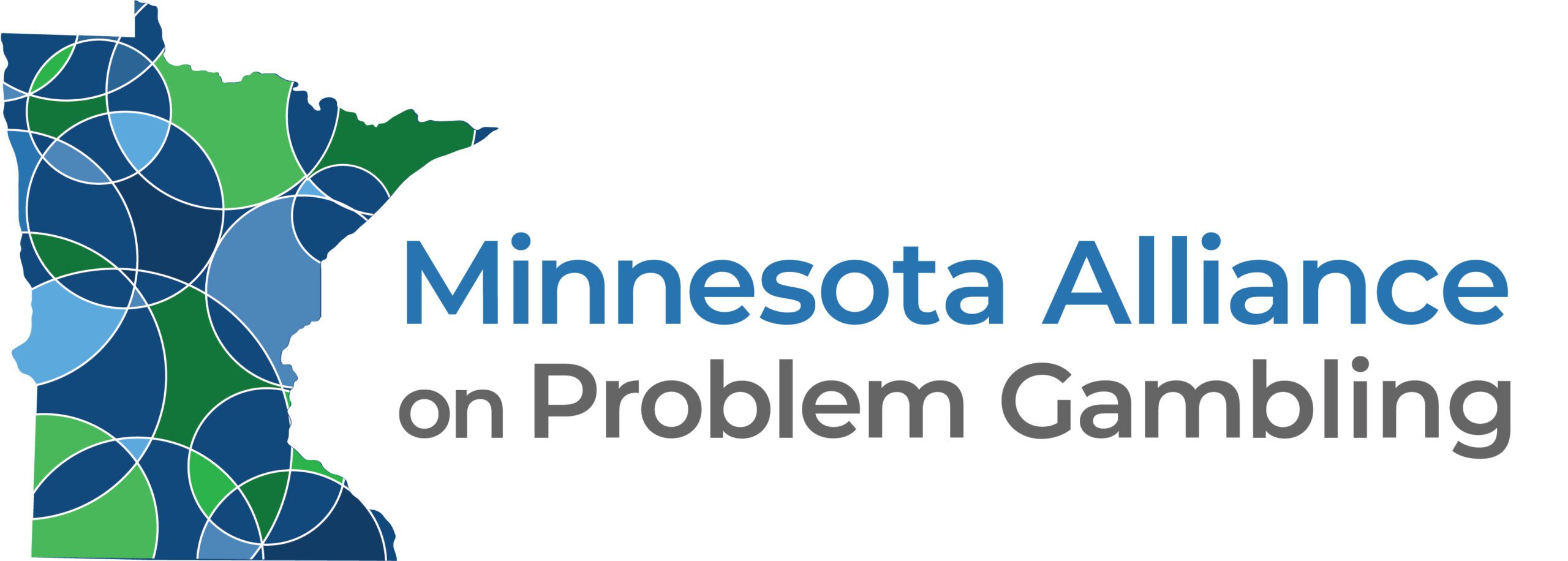GAMING DISORDER
Have you been wondering if you or your child is spending too much time playing video games? Losing track of time is easy to do. Video games are more sophisticated and designed to keep you playing. Today’s games have no endings. It’s a perpetual pursuit to obtain a higher level. If you think your or your child’s playing time may be affecting other aspects of your life, here’s some information and available resources to consider.
Some basic facts about Video Gaming
- The average gamer is 33 years old.
- It’s no longer a male-dominated platform.
- Women’s participation in gaming is increasing.
- Billions of people engage in video gaming daily.
- Video gaming can be a great social outlet.
- Video team play – referred to as esports – are sanctioned sport teams at the high school and collegiate levels.
Like every good thing, moderation is the key to maintaining balance with other aspects of one’s life. Gaming disorder becomes a possibility when a player forgoes other parts of their life in exchange for playing for hours on end.
What is Gaming Disorder?
The World Health Organization (WHO) defines gaming disorder as when a person’s gaming behavior has significantly impaired their personal, family, school or work life. Normally, this pattern has been evident for at least 12 months.

Spending money you are not supposed to or more than intended

Unable to reduce amount of time played or have tried unsuccessfully to stop

Feel the need to spend more and more time gaming

Playing is creating conflict with family or friends

Lying about how much you play

Constantly think about gaming or gambling

When you cannot play you feel anxious, depressed or angry

Gaming is affecting school and/or work
The Continuum of Gaming Disorder
Gaming disorder is considered a continuum.
There are four types of gaming*:
Recreational gaming
Individuals in this group tend to treat gaming as “It’s just a game,” or as a hobby or interest that they enjoy partaking in. Gamers display no measurable negative consequences and no at-risk gaming behaviors. Gaming is simply a form of pleasure or entertainment.
At-risk gaming
Behaviors that may increase the risk of excessive gaming include frequency of gaming, personality traits such as heightened impulsivity, poor self-regulation, and biases in decision making (e.g., cognitive distortions), low educational achievement, few interests/hobbies beyond gaming, spending time with peers. Additional risk factors: money spent on gaming, weekday gaming time, offline game club attendance (e.g., meeting up in person with other gamers. Rho et al 2018).
Problematic gaming
The primary difference between problematic gaming and at-risk gaming is that there are negative consequences associated with the former. Problematic gaming also is at a heightened or increase severity compared to at-risk or recreational gaming. It differentiates from disordered gaming, as problematic gaming (and its associated negative consequences) occurs for a duration of fewer than 12 months.
Gaming Disorder
A player who for 12 months exhibits at least five of the nine characteristics, exhibiting heightened severity and negative consequences.
*Faulkner et al., 2014; King & Delfabbro, 2019
Gaming disorder refers to only non-gambling internet games. It does not include internet use for professional activities or other recreational or social internet use.
Gaming disorder can be mild, moderate or severe depending on the degree of disruption of normal activities. Those with mild or moderate may exhibit fewer symptoms. Those with problematic or gaming disorder will spend many more hours on the computer and experience more severe loss of relationships, career or school opportunities. (American Psychiatric Association, 2013, p 795-796)
How is Gaming Disorder different from Gambling Disorder?
Typically gaming disorder is separate from gambling disorder. However, of late there has been a true convergence of gamifying gambling. Not all, but a growing number of video games have embedded gambling elements into the games, known as loot boxes or other microtransactions with the game. As one becomes more absorbed in the game, there is a possibility that alongside a gaming disorder, the individual is also developing a gambling disorder if they are engaging in those gambling elements – such as purchasing loot boxes – often resulting in negative consequences in time and money spent.
The level of sophistication in game design has increased substantially in a relative short period of time. Now, game designers have tapped into physiological behavior patterns so their games are more “sticky,” keeping a player playing longer than they might intend. Pair that with gambling elements, it can be difficult to parse out the differences between the two.
What to Do for Someone You Suspect May Have Gaming Disorder
It’s important to realize that for many gamers, their virtual world provides many positive attributes. For some it can be an escape from the hard realities of the physical world, especially for anyone who may not feel they fit in or receive affirmation from their physical world relationships. Simply cutting someone off from gaming could be quite emotionally detrimental.
Concerned families or friends would benefit from nonjudgmental conversations to understand why the gamer is spending more time and becoming more detached from their physical world relationships. Balance is key and understanding the root causes for turning to the digital world is important to understand.
RESOURCES
- If you think yours or your child’s playing may be out of balance with the rest of their life, check out GAMEQUITERS
- There is a Minnesota support group for gaming – Minnesota Online Gamers Anonymous Group (OLGA)
SELF-HELP PUBLICATIONS
View, download or order a hard copy below (These are meant to be supplemental guides, not a replacement for therapy)
- Your First Step to Change, 2nd Edition. A self-help toolkit of resources to help start the journey toward recovery from problem gambling behavior.
- Personal Financial Strategies for the Loved Ones of Problem Gamblers
BROCHURES
- Warning Signs of Problem Gambling (English, Spanish, Chinese, Hmong and Vietnamese)
- What Families Can Do When a Loved One has a Gambling Problem (English and Spanish)
- What is Problem Gambling? (English, Somali and Spanish)
- Gambling When in Recovery (English and Spanish)
- Gaming Disorder (English and Spanish)
- Gamban—Block Access to Your Devices (English and Spanish)
- Lower Risk Gambling Guidelines
- Older Adults and Gambling
- Talking to Your Child About Gaming
- Youth and Gambling—What Parents Need to Know
BROCHURES for professionals
- Be Part of the Solution (English and Spanish)
- Why Screen for Gambling Disorder? (English and Spanish)
Newsletter
- Northern Lights - MNAPG Quarterly Newsletter

